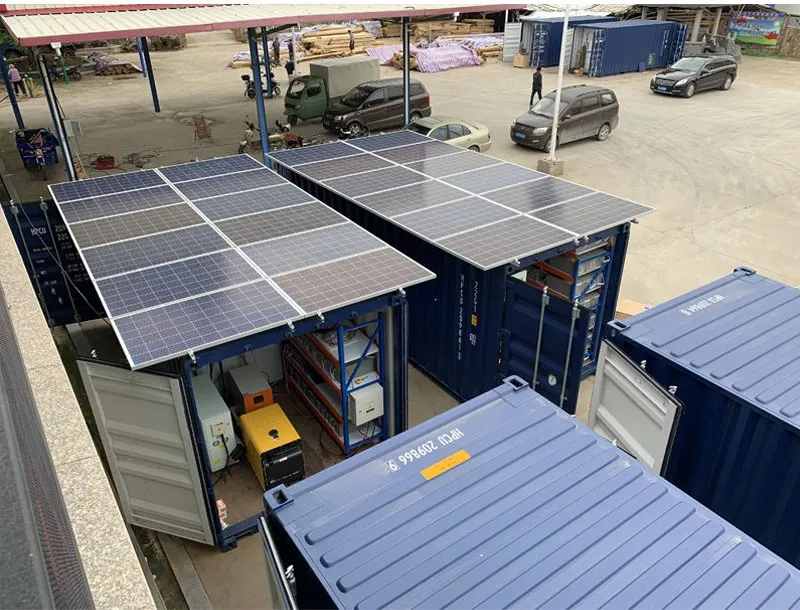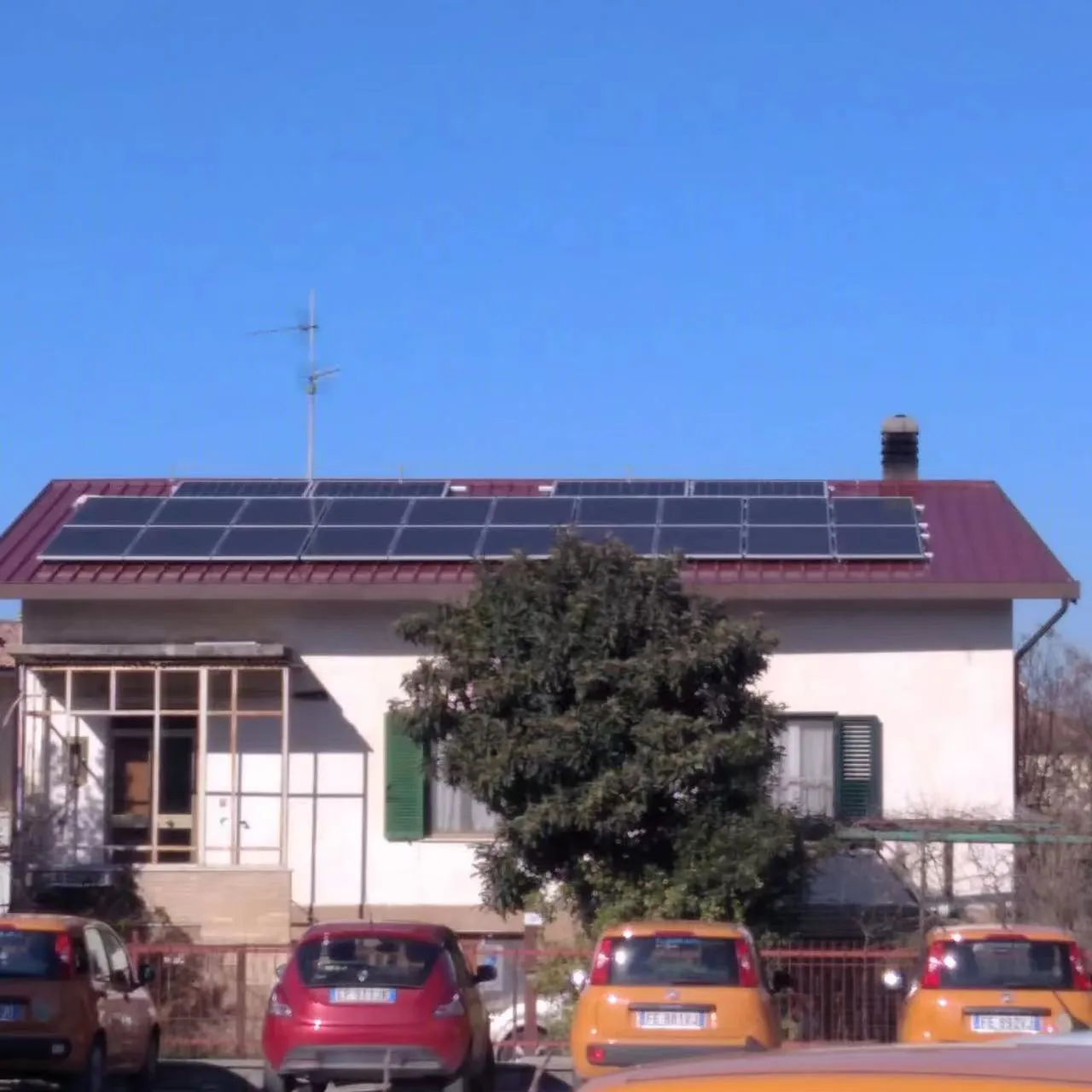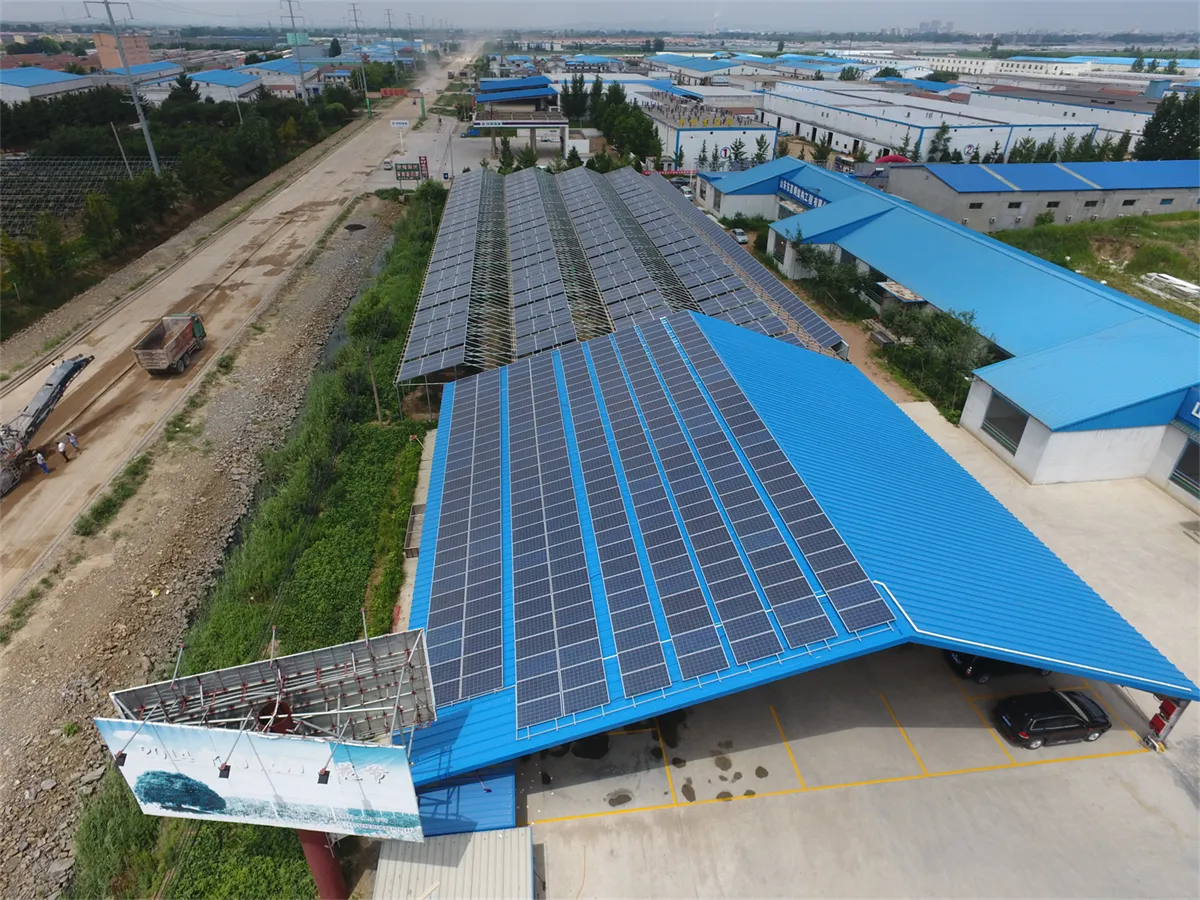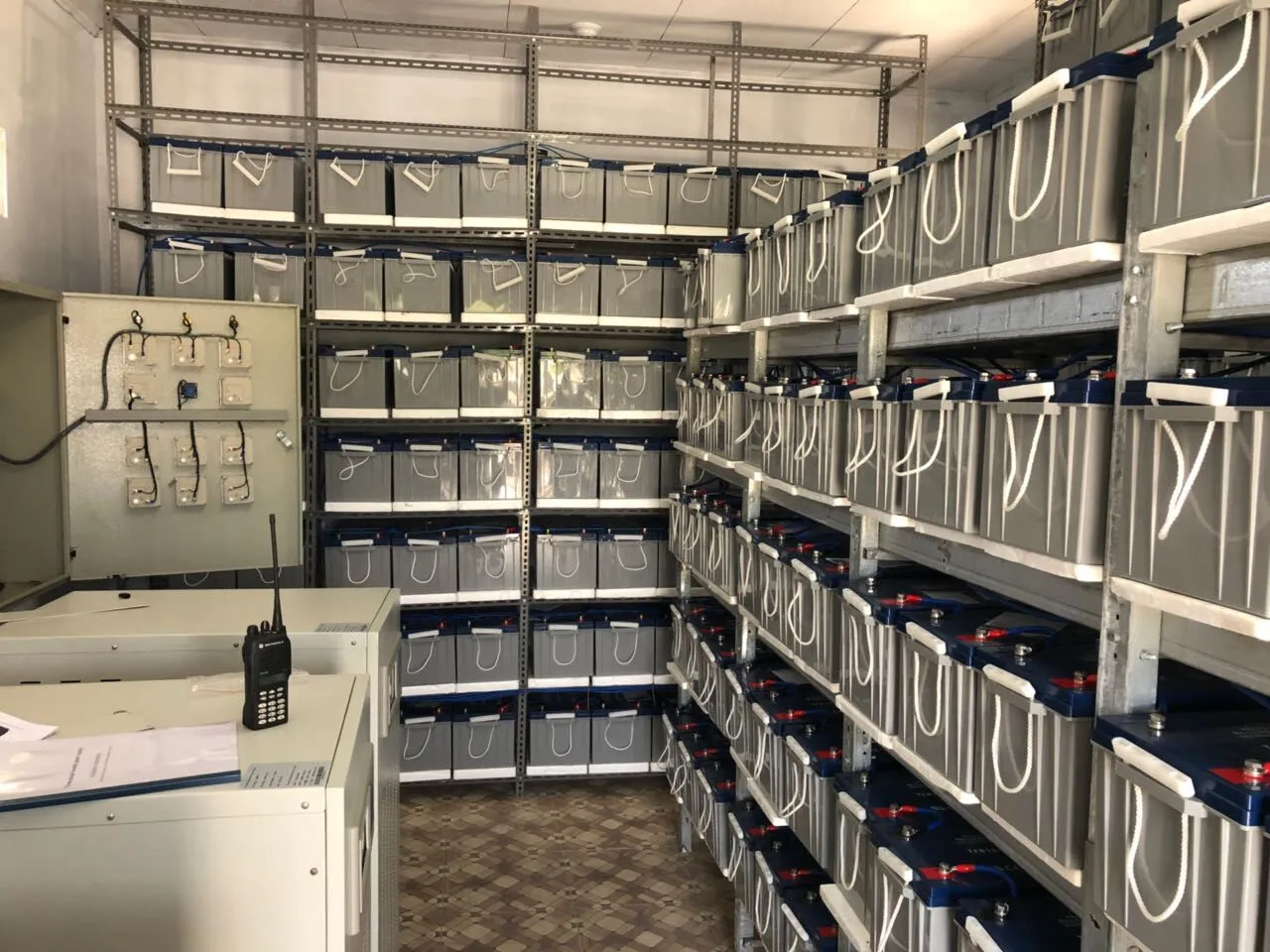
Solar Panel PID Effect Prevention Technology White Paper

The Silent Killer of Solar Efficiency
Imagine your solar panels gradually losing power, day after day, like a slow leak in a tire. That's exactly what Potential Induced Degradation (PID) does to photovoltaic systems. It's not some dramatic failure that makes the evening news – it's a stealthy thief that silently steals up to 50% of your energy output over time. And what makes it especially troubling? Unlike storm damage or visible defects, PID happens invisibly at the microscopic level.
When we spoke with solar farm operators across California's Mojave Desert, the frustration was palpable. "It creeps up on you," said Maria Gonzalez, maintenance supervisor at Solara Fields. "One season you're meeting production targets, the next you're scratching your head wondering where that 15% output disappeared to. By the time we noticed, PID had already done serious damage." These real-world stories underline why PID prevention isn't just technical jargon – it's the frontline defense for solar investments.

Why PID Happens: The Perfect Storm
Picture this: Sandwiched between glass and cells, tiny sodium ions start migrating when high voltage meets humidity. It's like watching saltwater slowly corrode metal, except instead of rust, you get compromised electrical pathways that leak power. Research shows this degradation accelerates under two key conditions:
- Temperature trouble : The process speeds up exponentially as temperatures rise – a major concern in desert installations
- Humidity havoc : Leakage currents multiply dramatically above 60% relative humidity
The scary part? Most systems are ticking time bombs. Transformerless inverters – the darlings of the industry due to their higher efficiency – accidentally create the ideal PID conditions by leaving panels electrically floating. It's like designing the perfect car engine that inexplicably drips oil on your garage floor.

The PID Prevention Playbook: Multilayer Defense
There's no magic bullet for PID, but smart layering of solutions creates a robust shield. Think of it like security for your home – good locks matter, but motion lights and an alarm system make the real difference.
The Material Frontline
At the heart of every solar panel, manufacturers are waging a quiet revolution:
- Anti-PID glass with reduced sodium content prevents the root ion migration
- Specialized encapsulants form ionic barriers (like the ionomer films proved effective in NREL studies)
- Silicon nitride coatings modified to block charge accumulation at the cell level
The Night Shift Recovery
Here's where things get clever. Some systems implement "night-time recovery" cycles that temporarily apply reverse polarity to panels during off-hours. Think of it as physical therapy for damaged cells – studies show these micro-repairs can restore 95%+ of lost function when applied consistently.

The Groundbreaking Solution: DC Bus Intervention
Our research revealed a game-changing approach that solves the transformerless inverter paradox. The solution? Introducing a purpose-built PID suppression unit directly at the DC negative bus:
- Clever placement : Inserted between DC negative and ground
- Smart voltage modulation : Adjusts VPID output to elevate panel voltage positively
- Safety-first design : Features high-value resistors that prevent electrocution during faults
What makes this revolutionary is its elegant simplicity. Unlike methods requiring panel-level modifications, this approach treats the entire array as a system. In field tests across 1500V commercial installations, it achieved near-perfect PID suppression while adding less than 0.01% to system costs.
Key to implementation is working with a trusted building material supplier who understands precision resistance requirements – the RPID component isn't something you grab off a hardware store shelf. Quality matters for components handling consistent 700V loads.
Real-World Proof: From Lab to Desert
Numbers tell the real story. In Arizona's 230kW test installation:
- Untreated strings showed 22% power loss after 18 months
- Protected arrays maintained 98.7% nominal output
- VPID units consumed just 16.7W - less than a smartphone charger
The before-and-after voltage graphs reveal the magic – negative bus voltage jumping from -495V to +500V when suppression activates. That's the equivalent of reversing electrical osmosis in solar cells.
Future Horizons: Where PID Prevention Is Headed
The battle against PID isn't static – it's accelerating along three frontiers:
- AI-enabled prediction : Machine learning models that anticipate degradation before measurable power loss occurs
- Self-healing nanolayers : Encapsulants releasing protective compounds when stressed
- Integrated micro-treatments : Combining electromagnetic conditioning with material science
As high-voltage systems become the norm (trending toward 2000V+ architectures), PID prevention transforms from an optional safeguard to a fundamental requirement. What began as lab curiosities are maturing into robust solutions that promise solar farms can finally overcome their silent productivity killer.
The Bottom Line: Prevention Beats Cure
PID isn't some theoretical concern – it's stealing real watts from real installations right now. The economic math is brutal: A 20MW farm losing just 8% output to PID forfeits $400,000+ annually at current PPA rates.
Thankfully, the protection playbook has evolved from temporary fixes to permanent solutions. When evaluating your defense strategy, remember:
- Material choices matter at the cell level
- System-level voltage control is non-negotiable for utility-scale
- Integration with existing monitoring creates early warning systems
The era of helplessly watching panels degrade is over. With robust, cost-effective PID prevention now proven in harsh operating environments, solar can finally deliver on its decades-long promise of maintenance-free sustainable power.
Tags:
Recommend Products











